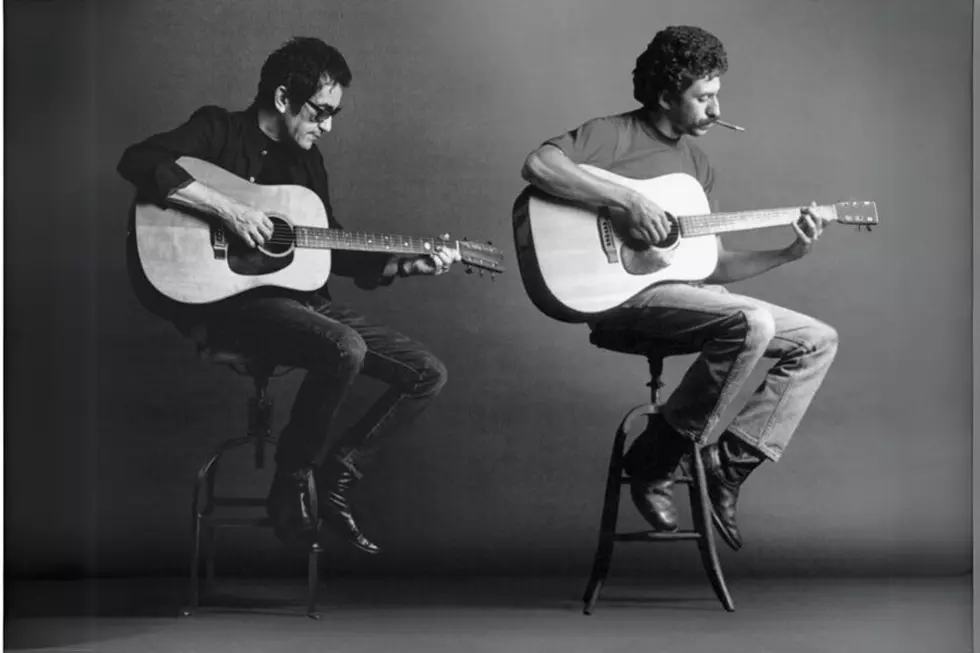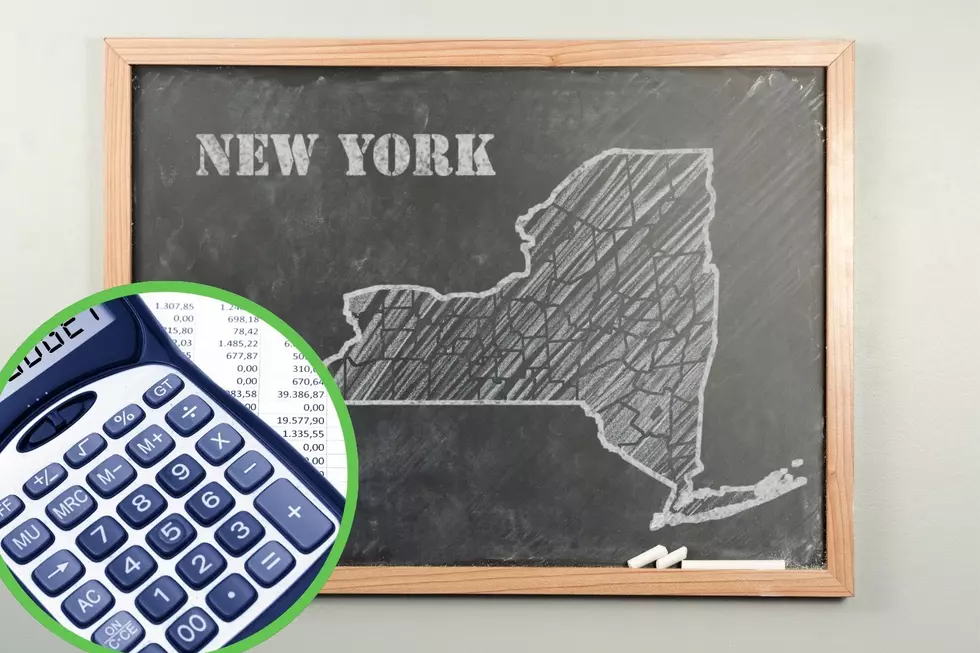
Runny Nose? This is What’s Causing Your Allergies in New York
While Hudson Valley residents enjoy all four seasons, there may be other factors that aren't as enjoyable. The beautiful scenery, the endless activities and places to explore make living in the Hudson Valley exciting and also peaceful.
However, those who suffer from outdoor activities prepare for each season differently.
Do Your Outdoor Allergens Vary From Season To Season In The Hudson Valley?
Some people may experience more allergies in the spring or summer rather than the fall. However, other Hudson Valley residents may be affected by outdoor allergens during every season in New York State.
When Spring arrives, I find myself overjoyed with all the beautiful blossoms of flowers, the vibrant green grass and smell of nature's new beginnings. Summer is one of my favorite months when everyday is warm, sunny and filled with lush colors all throughout the Hudson Valley.
The pollen, certain flowers and trees are pretty to look at but at times, they can cause allergy sufferers to sneeze and escape inside.
We may notice a high pollen count day when our cars are covered with it. How can Hudson Valley residents notice when outdoor allergens will kick up again in the Fall?
What Allergens Are Blowing Around The Hudson Valley This Fall?
With cooler temps, falling leaves from trees and a breeze in the air, some people may claim that Fall is their favorite season. The trees are colorful and bright, apple and pumpkin season start and fall fun surrounds each Hudson Valley county.
However, some outdoor allergens may not be as easy to detect during the Fall season as we would see with flower and tree pollen in the Summer.
The American College of Allergy, Asthma & Immunology shared,
"Tree pollination begins earliest in the year followed by grass pollination later in the spring and summer and ragweed in the late summer and fall. "
"Mild winter temperatures can cause plants to pollinate early. A rainy spring can also promote rapid plant growth and lead to an increase in mold, causing symptoms to last well into the fall."
If you have been sneezing or have had a runny nose or eyes, it's possible that it's from ragweed.
The American College of Allergy, Asthma & Immunology also shared,
"The most common culprit for fall allergies is ragweed, a plant that grows wild almost everywhere, but especially on the East Coast and in the Midwest."
They continued to share that ragweed blooms and then releases pollen from August until November. Depending on the location, ragweed levels could be higher in other parts in September.
SEE MORE: Dont Squish This Invasive Bug In New York State
Did You Know This About Outdoor Allergens?
The American College of Allergy, Asthma & Immunology continued to say that ragweed pollens, grass and trees "thrive" in warm days and cool nights. In the heat of the summer with high humidity, mold can grow quickly. Early risers may notice that pollen levels peak in the morning.
Have you ever noticed that your allergies may be worse after it rains? Although rain washes pollen away, the pollen counts may increase after a rainfall takes place, this is similar to a windy and warm day when pollen counts can also increase.
What Can Hudson Valley Residents Do For Seasonal Allergies?
The Asthma and Allergy Foundation in America shared ways that outdoor allergy sufferers can find relief.
It's important to know that other weeds besides ragweed can also be to blame for fall, seasonal allergies.
"Burning bush, Cocklebur ,Lamb’s-quarters ,Mugwort, Pigweed, Russian thistle, Sagebrush, Tumbleweed"
When dealing with a weed pollen allergy, the Asthma & Allergy Foundation in America reminds sufferers that they would want to change their clothes and wash them if spending time outdoors. Covering your hair and washing it to remove the pollen may be affected.
Be sure to keep doors and windows closed to keep the pollen out. Air filters can be beneficial all year round but especially help outdoor allergy sufferers.
Mold is also responsible for fall allergies since it grows on leaves, as the leaves fall, this could then spread mold through the air.
For those with mold allergies,
Clearing out fall leaves and any debris may avoid any additional mold to have a place to live.While inside, home owners can remove mold from inside the home in many ways but especially using an exhaust fan in bathrooms and kitchen.
A dehumidifier can help remove any moisture that may be lingering inside. Tracking mold weed pollen may help those who want to be outside decide the best time to explore.
What is your favorite season in the Hudson Valley? Why? Fill me in below.
Your Ultimate Guide to 25 Thrilling Family Activities in the Hudson Valley
Gallery Credit: Steven B. Moore
11 of The Funniest Road Names in The Hudson Valley
Gallery Credit: Nick Kessler






![[PHOTOS] Epic WRRV Sessions with Blame My Youth](http://townsquare.media/site/704/files/2024/04/attachment-71-Degrees-2024-04-26T114651.310.jpg?w=980&q=75)